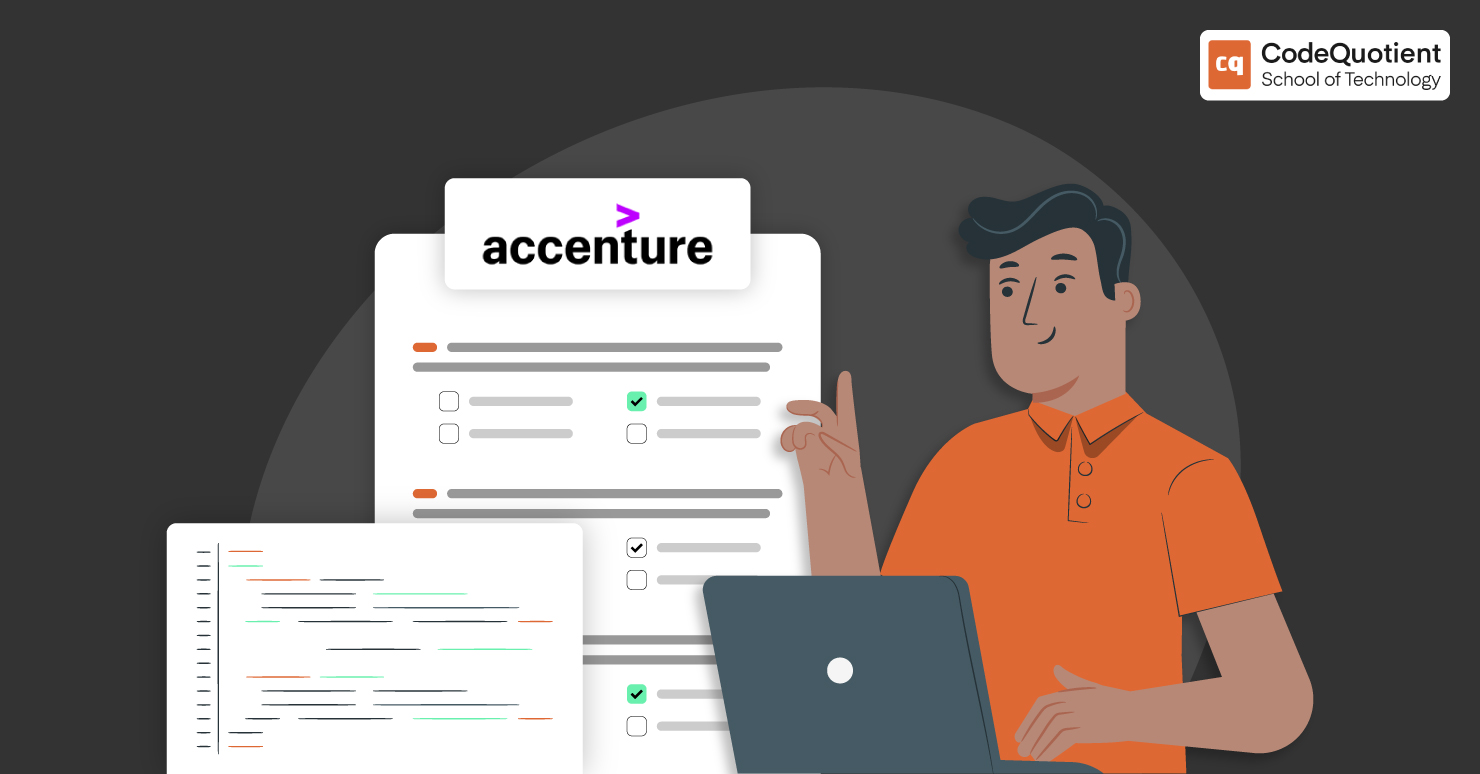Nowadays, virtual interviews have become the new norm during the recruitment process. As a result, most large organisations rely on video and phone interviews during this period of social alienation to find the right tech talent. Even though some companies have previously employed video communication, this shift has significantly impacted the recruiting market.
What Exactly are Video Interviews?
A video interview is an online job interview that allows recruiters to choose candidates more quickly and effectively. This form of interviewing can help with candidate selection by supplementing evaluation data and providing a more complete picture of a candidate.
While it isn’t intended to replace in-person interviews, it can be a useful tool when office visits aren’t possible especially during the ongoing pandemic crisis. For instance, 86% of organisations are doing virtual interviews to hire candidates during the Coronavirus Pandemic, according to an HR survey.
One-way and two-way video interviews are two forms of video interviews that can be utilised in the recruitment process.
- One-way video interviews: On-demand video interviews, often known as one-way interviews, are ideal for replacing inefficient phone screenings. Questions can be offered in either a text or video format, allowing candidates to record their responses at their leisure and submit them for review by the recruiter or hiring manager.
- Two-way video interviews: Candidates and interviewers can both live-stream from wherever they are and communicate with each other in real-time. These are ideal for overcoming long distances and during situations like the ongoing pandemic.
Tips for Interviewing Software Developers Remotely

If you’re a recruiter scheduled to remotely interview software developers for your company, these tips could make the whole experience a lot better:
1. Minimise Distractions
First and foremost, switch off your notifications and close any screens that aren’t linked to the interview on your device. For instance, during a video conversation, if you’re too preoccupied with reading chat messages, the candidate will notice.
Second, make sure your environment is clear of distractions while you’re at it. Take precautions to limit distractions from deliveries, pets, and family, primarily if you work from home.
Consider how you generally establish a rapport in an interview. Your active listening skills are even more important while video conferencing, so you might need to tweak your everyday body language a bit.
2. Real-time Testing
Ensure to keep the candidate aware of the real-time coding tests, wherein software developers will have to share their screens whilst solving the problems.
Ensure that there is testing during the interview wherein the candidate can check whether they are using the right devices for the test. For example, you don’t want to be stuck with a video conference on your iPhone or Android and have to find or switch to a MAC or PC rapidly.
3. Let Them Know What to Expect
Not only do software developers despise brain teaser questions, but they also wish that more employers would specify which technical subjects they should be prepared to explain.
Also, introduce them to others in the team. Including your present developers in the virtual interview process allows them to discuss the projects they’re working on, as well as their thoughts on current technology developments.
4. Perfect Your Body Language
Many people often overlook how much interpersonal communication and body language play a role in an interview. The importance of eye contact, as well as the microphone’s position, cannot be overstated.
When it comes to audio, utilise an external microphone if you have one, or make sure you’re speaking directly into the audio input you have. Try to remember to emphasise your hand motions and body movements slightly more than you would in a routine interview. Aim for a 50/50 split between staring into the camera and at the candidate on the screen.
5. Sharing the Office Culture
Candidates won’t be able to experience your company culture firsthand during a video interview, so emphasise it throughout the session. Emphasize your company’s basic values and mission, tell anecdotes about team outings, and discuss how your office is organised and the intention behind it.
Give a detailed description of what it’s like to work for your organisation. Above all, bring your company’s culture into the interview by demonstrating your fundamental principles and treating the candidate as a colleague.
6. Technology
Candidates can be interviewed using a variety of technologies and software. Make sure the interview experience is simple to utilise, regardless of the option you choose. For example, is it necessary to download an app, or is it only a link to click? Which platforms can you connect to your present tech stack?
Some platforms allow candidates to pre-record a video introduction and questions, which they may then prepare for, record, and send back whenever convenient. This strategy is typically used when many competent candidates need to be screened quickly and effectively.
7. Interview Score Cards
Scorecards for interviews are an excellent tool for your team to analyse prospects and make better recruiting decisions. They’re mostly used to standardise evaluating options at the interview stage, thereby enhancing the quality of feedback and shortening the time it takes to recruit someone.
How is this done? Each interviewer prepares a scorecard for each applicant being interviewed, which they use to score interviewees using the same criteria.
8. Set Up a Professional, Clean Background
Even if you’re not in a traditional office setting, setting the right tone for the video interview is crucial. This implies that the area should be well-lit, clean, and free of distracting elements.
Make certain that the environment in which you are working is professional. For example, imagine what the other person would see if they were gazing through the computer at you from behind.
9. Prepare Interview Questions Ahead of Time
Don’t try to wing it, just like any other interview. It’s critical to prepare ahead of time for the interview questions you want to ask. Having those questions in front of you will help you stay on course during the interview and guarantee that your inquiries are answered.
In addition, consider opening the video interview with some icebreaker questions to help the prospect relax. Remember that video interviews are as uncommon for the job seeker as they are for you.
You can then continue asking more detailed interview questions. You might, for example, ask:
- Broad questions about the candidate’s talents
- Prior work history
- Work achievements
- Few behavioural-based interview questions
- How the candidate has employed essential skills in previous roles
- Why are they changing jobs?
- Why does the candidate think is the best person for the role offered?
Wrapping Up
As more companies and candidates conduct remote interviews, it’s critical to ensure that you nail the same to stay competitive. You also want to make an excellent first impression with your recruiting efforts.
Check here to know more about hiring the best tech talent with CodeQuotient.




